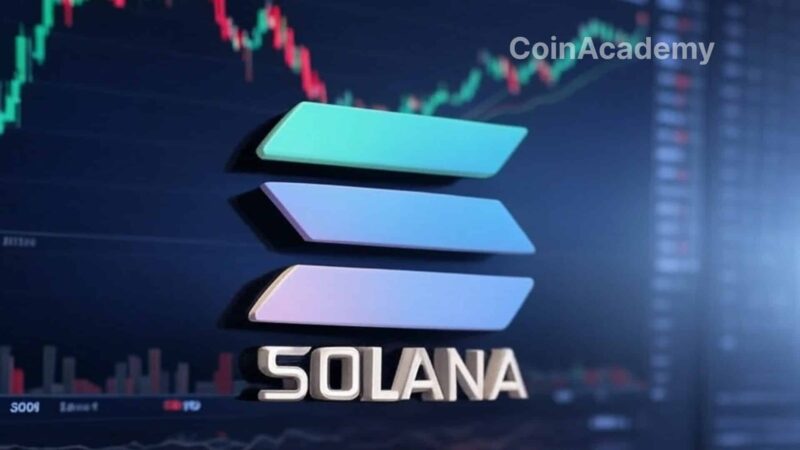Polygon changes its captain… and its course. Sandeep Nailwal, co-founder of the project, has become the CEO of the Polygon Foundation. This leadership change coincides with a complete overhaul of the network’s strategy. The goal is to regain its position in the race for Ethereum scalability.
Adieu zkEVM, bonjour retour aux sources
Polygon puts an end to one of its most ambitious technical ventures: the zkEVM Mainnet Beta will be officially closed in 2026. With low adoption, too complex for developers, and limited by its own architecture, the experience fell short. A one-year transition period is planned to assist users, but the die is cast.
This decision marks a radical shift. Polygon abandons its pursuit of complex rollups to once again focus on its historical flagship: the Proof-of-Stake sidechain (PoS). A more mature technology, more widely used, and above all, easier to evolve towards concrete use cases, such as real-world assets (RWAs).
“We’re going back to a zero-to-one mindset,” Nailwal declares. Translation: everything is reset, and everything is to be rebuilt.
Jordi Baylina claque la porte pour lancer ZisK
This strategic turnaround is not without human consequences. Jordi Baylina, the brain behind the “zero-knowledge” field at Polygon, leaves to launch his own project, ZisK. A spin-off that promises to continue the ZK vision, but outside the realm of Polygon.
His departure illustrates internal tensions and technical disagreements about the protocol’s future. Nailwal, on the other hand, prefers to rally forces around AggLayer, a new cross-chain liquidity aggregator aimed at facilitating interoperability between blockchains.
Polygon wants to regain spotlight in Web3
The atmosphere is tense: Polygon’s TVL has dropped from $9.79 billion in 2021 to just $1 billion today. Blamed on the fierce competition from layer 2 solutions like Arbitrum, Base, or Optimism, which have managed to attract developers and investors with native Ethereum compatibility and enhanced security.
Polygon’s response? A “gigagas” roadmap with a startling promise: 100,000 transactions per second and an infrastructure tailored to accommodate trillions of dollars in tokenized assets. An ambitious move that repositions Polygon in the realm of major financial platforms.
Le moment est bien choisi pour POL
Another strong signal: the token POL (formerly MATIC) emerges from a turbulent period. The SEC’s abandonment of inquiries into its regulatory status restores confidence among investors. Nailwal assures that major market makers are already returning, ready to provide liquidity to the token.
By taking control of the foundation, Nailwal aims to bring clarity to the strategy, enhance value for POL stakers, and, above all, put Polygon back on the radar of major projects in the ecosystem.
The gamble is risky. But if successful, Polygon could once again become one of the pillars of Ethereum scalability in the era of RWAs and interoperability.




